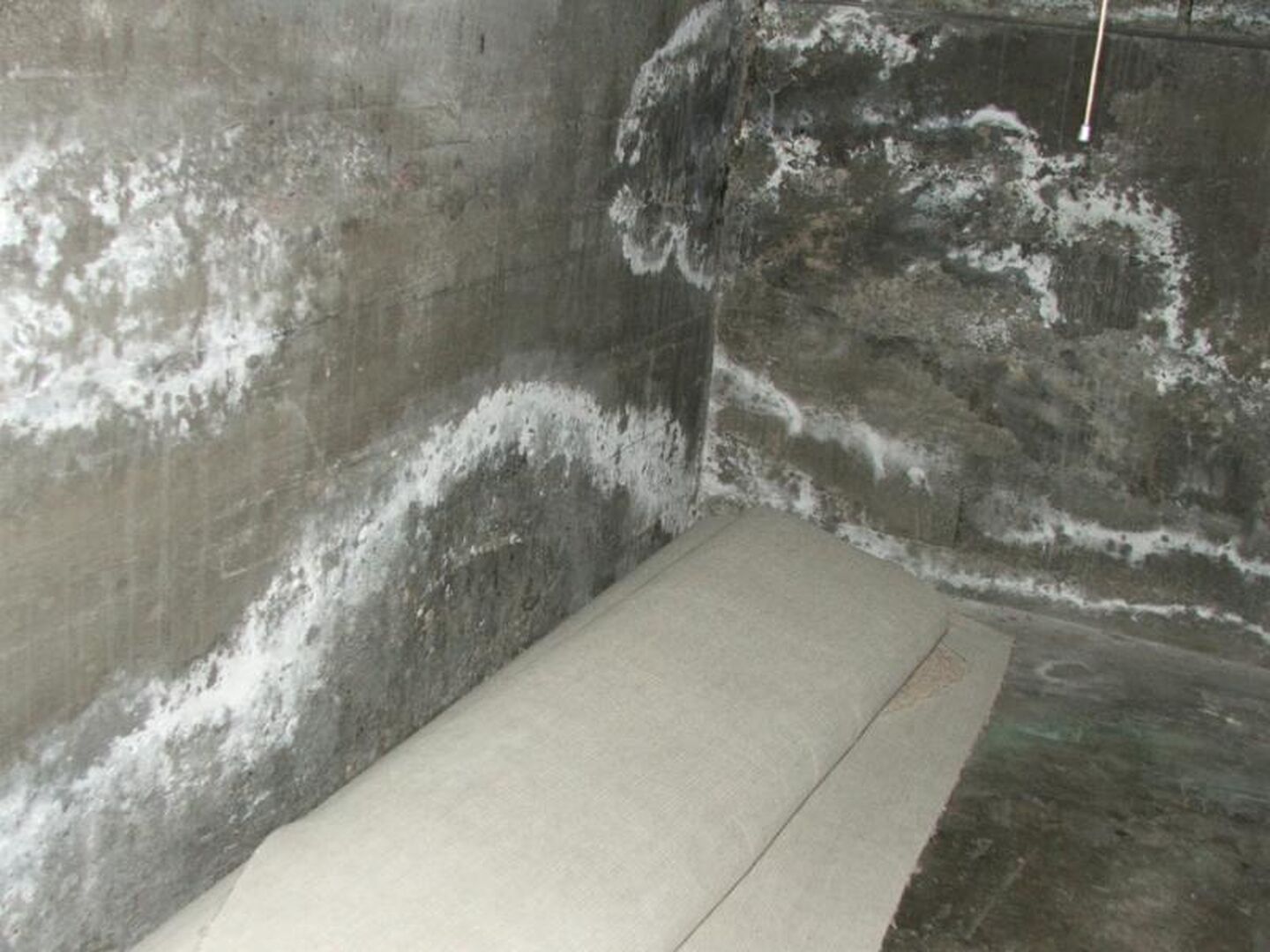How to Prevent Damp Basements in Chicago This Spring

Spring in Chicago – whenever it shows up and however short it may be – means a lot of things. Gardeners are out digging and weeding and planting. Joggers and cyclists are working off the rust of a long winter. Cubs fans are getting their hopes up.
Homeowners, though, often welcome spring with at least a little dread because spring, typically, is wet and a wet spring in Chicago usually means damp basements in Chicago. No need to be resigned to fate, though, because there are a number of steps homeowners can take to keep their basements dry.
How Can I Avoid Having a Damp Basement in my Chicago Home this Spring?
There are several ways to prevent a damp basement in Chicago, some simple, some a little more involved. The choice depends on the type of foundation, source of the dampness and other factors that can be explained by a basement waterproofing professional. Here are some options:
Fix Problems with Yard Drainage – Yard drainage, sometimes referred to as exterior water management, means taking measures to keep rain water away from a home’s foundation so that it cannot enter the basement and create dampness. One simple way of managing exterior water is to keep gutters clean, ensuring that the large amounts of water that land on the average roof, 1500 gallons per inch of rain, end up flowing down the downspouts and not spilling over the gutters’ edges and landing right next to the foundation.
Speaking of downspouts, keeping the gutters clean won’t matter if the downspout is discharging water right next to the foundation. If the average home has four downspouts, that results in nearly 400 gallons of water per inch of rain being dumped right next to each corner of the foundation. Downspouts should be extended at least 10 feet away from the foundation; basement waterproofing contractors know how to properly install an underground downspout extension with a bubbler pot that not only spreads the water safely away from the house but does so without unsightly plastic “snakes” all over the lawn.
Install Interior Drain Tile – Interior drain tile is a system of perforated plastic piping that is buried next to the foundation footing in a bed of gravel below the basement floor. This drain tile picks up water below the foundation and channels it to a sump pump that expels it from the house.
If the source of dampness in a basement is seepage through cracks in a basement floor or through the cove joint (the spot where the basement walls meet the floor) then interior drain tile will solve the problem. Dampness in these areas is created by hydrostatic pressure in ground water under the foundation which pushes water into the basement through even the tiniest of cracks and joints. Interior drain tile alleviates this pressure by giving the water another escape route and keeps the basement dry.
Install an Exterior Waterproofing Membrane – An exterior waterproofing membrane is a coating of asphalt-modified polyurethane that is applied heavily to the exterior of a foundation’s walls, either with a trowel or heavy-duty sprayer. This provides a “positive side” seal on the foundation and stops water on the outside. It is most effective when it is covered with a rugged plastic drainage board that channels water down to an exterior drain tile system.
There are several indicators for using an exterior waterproofing membrane. A homeowner with a finished basement, for example, might want to keep all repairs on the exterior. Also, a foundation constructed of concrete block can benefit greatly from an exterior waterproofing membrane as it prevents seepage through deteriorated mortar joints or through the porous concrete block itself.
Repair Foundation Wall Cracks – In homes with a poured concrete foundation, it is not uncommon to find small, non-structural cracks in basement walls that allow seepage. These cracks can be easily and permanently repaired by the injection of expanding polyurethane. In this process, a basement waterproofing specialist cleans the crack of debris, inserts a number of injection ports and seals the crack with an application of fast-drying epoxy. Once the epoxy has cured, he injects each port with expanding polyurethane that fills the crack all the way to the outside soil. Not only is the crack permanently sealed but the cured polyurethane remains flexible and does not re-crack with the expected movements and shifts of the foundation.
With all these options at hand there is no need for any homeowner to deal with a damp basement in Chicago this spring…or ever. At U.S. Waterproofing, we’ve been keeping basements dry in the Chicago area since 1957 and we have more than 300,000 of them to our credit so why ask for our free advice if you see any signs of dampness in your Chicago basement?




